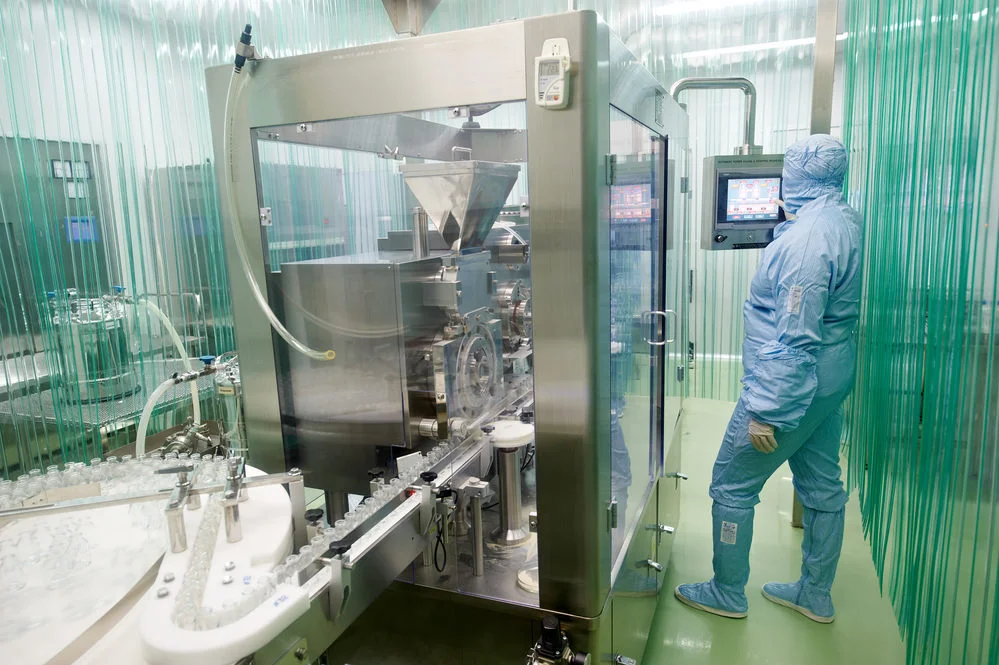When we discuss cleanroom design philosophies, the terms and overarching approaches we use sometimes sound like a foreign language.
Today, technology and advanced theories dictate how engineers must approach industrial design. The simpler days of engineering, when specialists drew their piece of the puzzle and handed it over for incorporation in the overall project design, are long gone.

We must approach cleanroom design using a whole-building concept and an overarching approach of systems theory. Software engineers often use the terms function-oriented design (FOD) and object-oriented design (OOD), but in our industry, we use these approaches to maximize productivity and efficiency in the cleanroom environment.
Function-Oriented Cleanroom Design In the function-oriented approach to cleanroom design, engineers deconstruct the output requirements of the facility. Using a top-down approach, we identify major system functions to guide the engineering process. This method centers the design around the procedures the client will use in the facility to produce the desired outputs.
If you think in terms of making a pie, the process of making the dough for the crust is one function, mixing ingredients for the filing is another, and assembling the pie is yet another. The FOD approach is used primarily to streamline and simplify individual processes, reduce waste and increase efficiency.
Object-Oriented Cleanroom Design In the object-oriented practice, the engineering team uses a component-based approach. Major system functions are decomposed to determine the objects required for producing desired outcomes. Objects are then identified as components of their relationship to each other.
In this context, you can think of objects as functions as well as the transition from the prior function and to the latter function. Using our pie analogy from above, an object — the pie, for example — would include the way the crust- and filling-makers provide their components to the assembler and how the assembler hands off the assembled pie to the person who puts it in the oven.
This OOD approach is used primarily to help increase process reliability and control the life cycle costs of production.
How Cleanroom and Industrial Design Strategies Add Value For most cleanroom projects, our expert engineering teams use a combination of FOD and OOD principles. Together, these paradigms ensure that both efficiency and reliability are maximized.
These engineering approaches are illustrations of how contemporary industrial designers can assist clients in lowering production costs, reducing time to market and improving overall efficiency.
By analyzing the needs of the individual clients, we can integrate interim and long-term objectives with design principles to provide a competitive advantage and increased stakeholder returns.
DesignTek Consulting Group LLC specializes in electrical, mechanical and plumbing engineering as well as design, construction and design-build services. Contact us today to learn more about our value engineering services for industrial and cleanroom design.
.png)